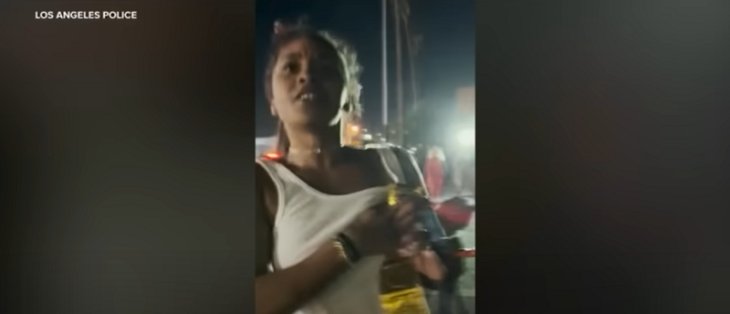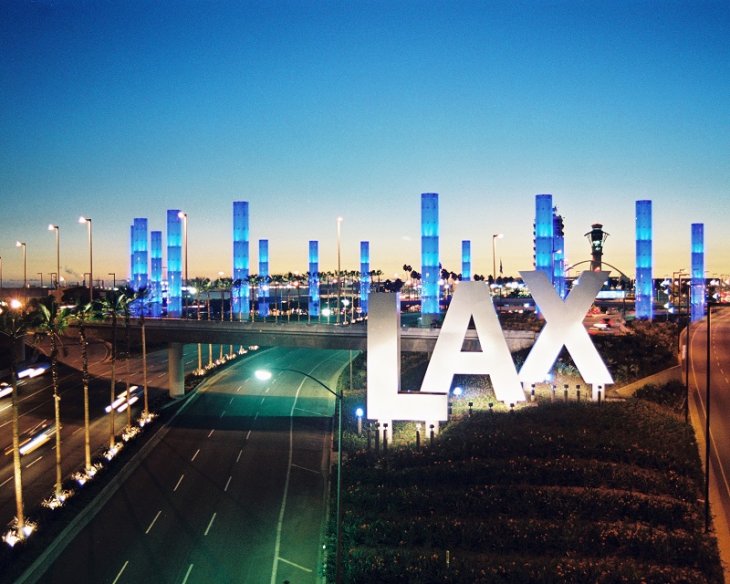
The act of smoking cigarettes was once a symbol of coolness. Now, users of real and electric cigarettes are subject to legislative regulation and public shaming, as Beverly Hills became the latest city on April 22 to officially prohibit e-cigarettes in public spaces.
The Beverly Hills City Council’s unanimous vote to approved a second reading of an ordinance prohibiting the use of e-cigarettes and tobacco at Farmers Markets, in outdoor service lines, public plazas, and other public spaces coincidentally came on Earth Day.
Beverly Hills council members approved the first reading of the ordinance at their April 1 meeting. The prohibition officially takes effect June 1.
E-cigarettes would be allowed in designated smoking areas within private plazas so long as that area is not within 20 feet of a pedestrian pathway or a building entrance or exit.
An e-cigarette is a battery-powered device with a nicotine cartridge inside. The nicotine is dissolved into a combination of glycol and water, which allows the device to emit a colorless vapor free of tar or other substances generally deemed to be harmful. Accordingly, e-cigarettes have often been considered a less obtrusive alternative to traditional cigarettes.
According to the Beverly Hills ordinance, frequent use of e-cigarettes could lead to harmful effects on the user.
“Electronic cigarettes employ the use of a cartridge, generally containing up to 20 [milligrams] of nicotine to deliver vaporized nicotine to users. Some cartridges used by electronic cigarettes can be re-filled with liquid nicotine solution, creating the potential for exposure to dangerous concentrations of nicotine,” the ordinance stated.
The ordinance also cited several U.S. Food and Drug Administration (FDA) findings, such as one laboratory analysis that found diethylene glycol in one cartridge. According to the ordinance, diethylene glycol is “an ingredient used in antifreeze and toxic to humans.”
Other FDA findings cited in the ordinance included human carcinogens discovered in half or more of the e-cigarette samples tested by the government and low levels of nicotine found in cartridges labeled as not containing nicotine.
“A study published in the American Journal of Public Health found similar results to the FDA testing and concluded that the electronic cigarettes tested so far have demonstrated ‘poor quality control; toxic contaminants, albeit at low levels; misrepresentation of the nicotine delivered; and, insufficient evidence of the overall public health benefit,’” the ordinance reads.
Another concern for Beverly Hills’ policy makers: the accessibility of e-cigarettes to teenagers and young people.
“The FDA has raised concerns that electronic cigarettes, which are often marketed in appealing flavors, can increase nicotine addiction among young people and may lead youth to try conventional tobacco products,” the ordinance stated. “The FDA has also raised concerns that electronic cigarettes are marketed and sold to young people and are readily accessible online and via mall kiosks.”
In April 2011, the FDA announced it would regulate e-cigarettes the same traditional tobacco products.
A federal court in Washington, D.C., ruled in 2010 e-cigarettes could be regulated as a tobacco product instead of a drug-delivery device, which are subject to stricter regulations.
The unanimous approval of the second reading of the Beverly Hills ordinance prohibiting e-cigarettes in public spaces came three days after a Los Angeles ban on the use of the devices at beaches, indoor workplaces, farmers markets, outdoor dining areas, and parks went into effect.





















